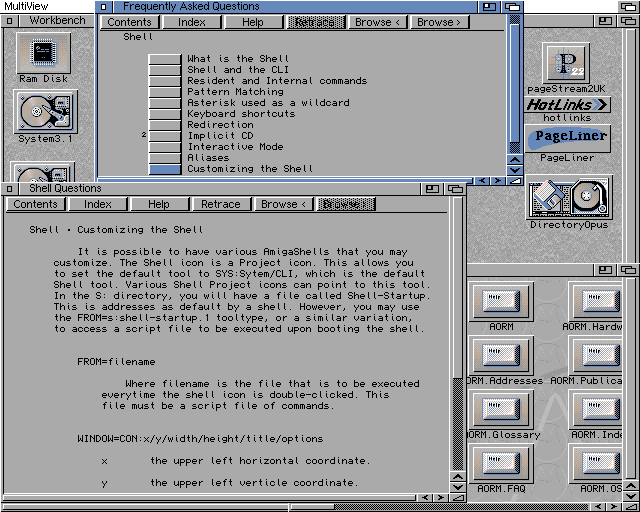Retro fetish: world’s first portable colour computer – Commodore SX-64
The observant may have noticed a hobby of mine, which is collecting and using stuff from the early days of home computing. The times between 1980 and 2000 were quite astonishing in the acceleration and adoption of technology that, now, we take for granted and largely see as things that allow us to consume entertainment. Compare and contrast with something that when you turned it on gave you a cursor and told you “Ready”.
The Commodore 64 was, despite what Apple revisionists will tell you, the world’s best selling computer during the 80s. It still holds the record for the most sales of a single model, which considering how much the market has changed is again quite incredible. But it needed a display, it needed a disk drive or tape drive, and a power supply. Wouldn’t it be great if it were more portable?
In 1983 Commodore launched the SX-64, their ‘executive computer’, which was the world’s first portable colour computer. It weighs 10.5kg, or 23lb in old money. It needs mains electricity. But, in one box, it provides a re-engineered Commodore 64, a 5.25″ floppy drive, a keyboard, speaker and a 5″ colour monitor. I’ve always wanted one as it is the epitome of coolness: just look at this advert and tell me you don’t want to be that guy at the pool party?

Recently a forum user mentioned he had 2, one of which didn’t work, so I offered to buy the broken one. A deal was struck, and despite this forum being global it turns out he lives less than a mile away from me. I had a non-functional – yet cosmetically pristine – SX-64 that was manufactured in November 1983, just before my tenth birthday.
It powered on, the disk drive light flashed once, then the screen turned white. Time to delve in. It must be said that this is a wonderful bit of engineering from Commodore: it is incredibly well built, with some real attention to detail. The top and bottom of the casing is steel, yet all screws on the side (12 of them) are hidden by plastic trim panels that slide out. Internally, it has a new motherboard, not just a commodore 64 motherboard, that is augmented with the re-engineered innards of a 1541 disk drive, an IO card and of course a 5″ monitor that takes up almost half of the space available. The IO board plugs into the motherboard at right angles, and many pins were not quite in the right place on mine… Quick fix, and still no joy. Stripping everything down, cleaning, reseating, and no improvement. Removing the IO card caused the machine to boot up to its welcome screen but with no cursor. After a long fiddle swapping bits in and out of a Commodore 64, it turns out the PLA chip was dead and with a new PLA, fixed connectors and a bit of TLC everything works perfectly.
The keyboard however would hardly recognise some keys, and would ‘double bounce’ on others. It’s a weird style of button that I’ve never seen before, but I stripped it down, cleaned with isopropyl alcohol and cotton buds, reassembled and… success!
The screen is small, yet bright and wonderfully sharp. The sound is tinny, yet working. The disk drive reads everything. The keyboard is light and accurate. And it’s a full Commodore 64 in a box. Plug a joystick in, whack in a Datel Action Reply for fast loading, find Manic Miner on disk and I’m back in the 80s, but instead of taking 16 minutes for the tape to load, it’s all there in 5 seconds or so.
The kids are unimpressed. An arduino has considerably more power. But I’ve got nearly 100 disks of Commodore games here, and I could be some time cataloging all of them… See you all in a week or three!


